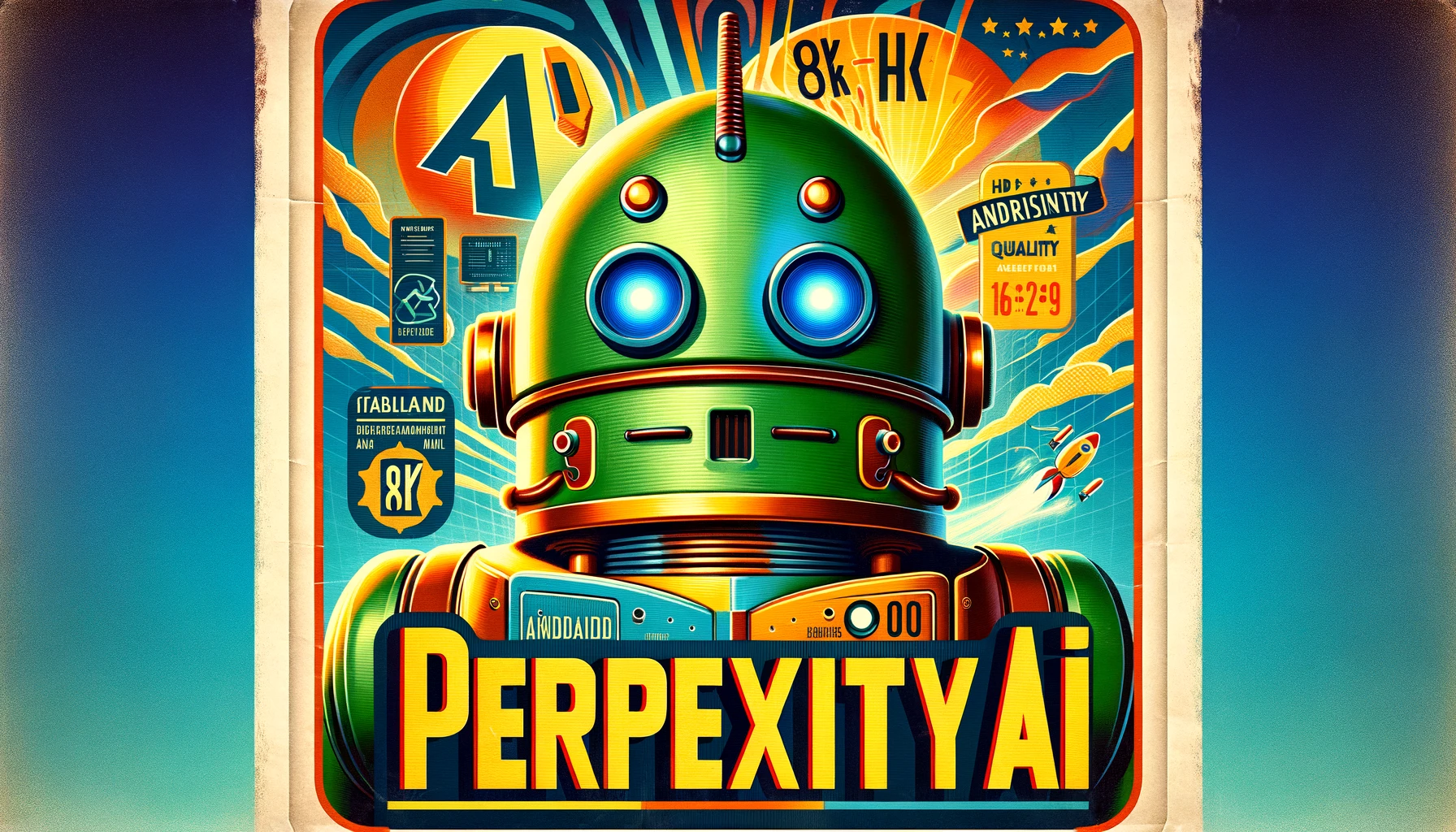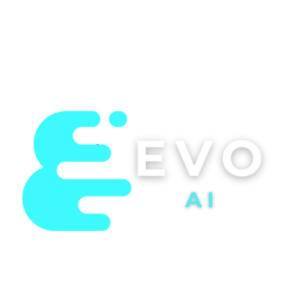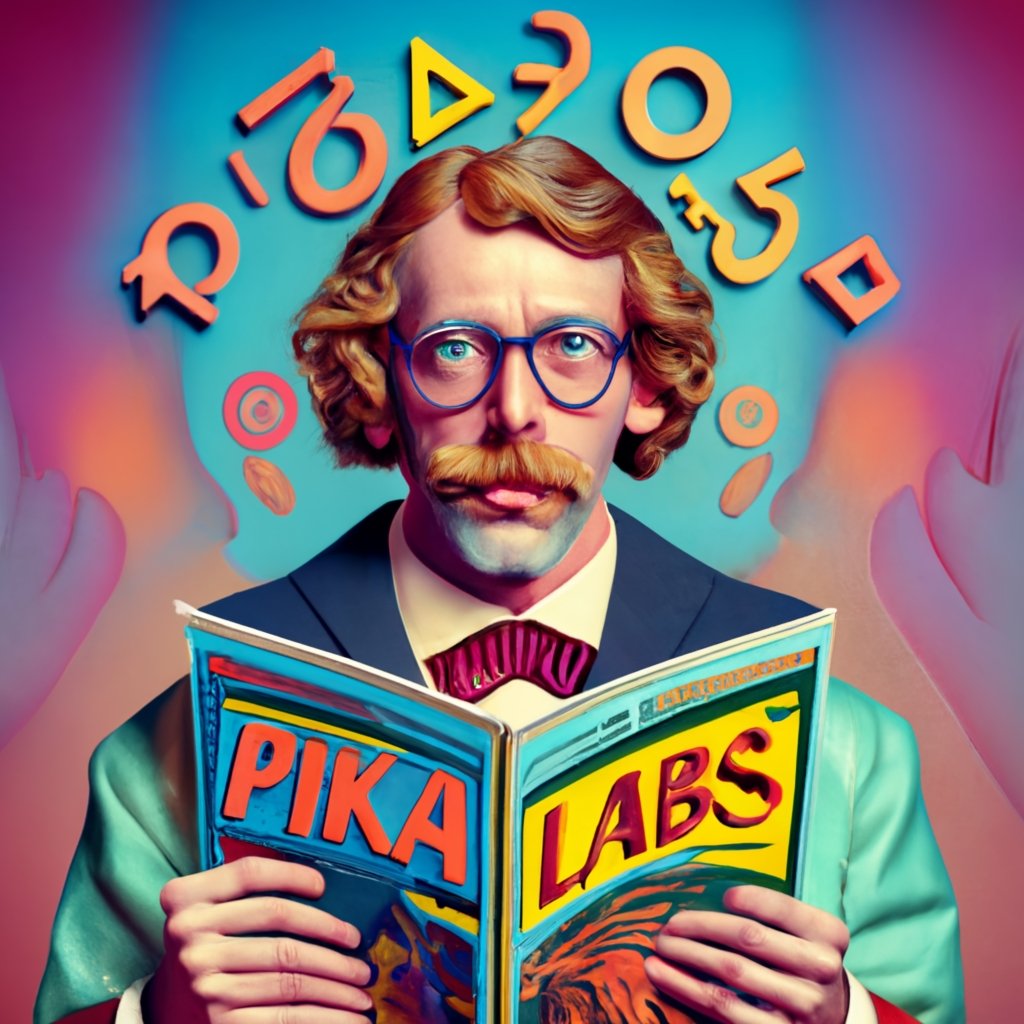
Stability AI Introduces SDXL Turbo Text to Image Model with Adversarial Diffusion Distillation
Introduction:
Stability AI has unveiled SDXL Turbo, a groundbreaking text-to-image model employing Adversarial Diffusion Distillation (ADD). This innovative model synthesizes image outputs in a single step, facilitating real-time text-to-image generation while maintaining high sampling fidelity. SDXL Turbo is a significant step forward in generative AI, though it is not yet intended for commercial use.
Features:
- Adversarial Diffusion Distillation (ADD): Employs a novel distillation technique for text-to-image models, enabling single-step image outputs.
- Performance Comparison: Surpasses models like StyleGAN-T++, OpenMUSE, IF-XL, SDXL, and LCM-XL in blind tests with human evaluators.
- Inference Speed: Capable of generating a 512×512 image in 207 milliseconds on an A100, inclusive of prompt encoding, a single denoising step, and decoding.
Benefits:
- Superior Image Quality: Avoids common artifacts or blurriness, ensuring high-quality image generation.
- Reduced Computational Requirements: Operates with significantly lower computational resources compared to multi-step models.
- Real-Time Generation Capability: Enables efficient, real-time generation of images for various applications.
Other Technical Details:
- Clipdrop Beta Demonstration: SDXL Turbo’s capabilities can be explored through a beta demonstration on Stability AI’s image editing platform, Clipdrop, which is compatible with most browsers.
- Availability on Hugging Face: The model and weights of SDXL Turbo are accessible on Hugging Face, allowing broader experimentation and application by AI researchers and enthusiasts.
Conclusion:
SDXL Turbo by Stability AI marks a notable advancement in the realm of AI-driven image synthesis. With its innovative ADD technique and impressive performance in speed and image quality, SDXL Turbo is poised to influence the future of text-to-image generation technology. Its availability for testing on Clipdrop and Hugging Face opens up new avenues for exploration and application in the field of generative AI.

Perplexity.ai Introduces PPLX Online Family of LLMs
Introduction:
Perplexity AI has introduced two new Large Language Models (LLMs), pplx-7b-online and pplx-70b-online, marking a significant advancement in AI-driven search and information retrieval. These models are designed to deliver helpful, factual, and up-to-date responses, addressing the limitations of freshness and accuracy in existing LLMs.
Features:
- Model Variants: pplx-7b-online and pplx-70b-online, built on open-source models mistral-7b and llama2-70b.
- In-House Search Technology: Utilizes a sophisticated search, indexing, and crawling infrastructure for augmenting LLMs with relevant, current information.
- Fine-Tuning: Regular fine-tuning with diverse, high-quality training sets for improved performance in helpfulness, factuality, and freshness.
Benefits:
- Up-to-Date Information: Ability to answer time-sensitive queries with the latest information.
- High Accuracy: Reduced instances of hallucinations and increased factuality in responses.
- Versatility: Applicable for a wide range of queries, from general knowledge to specific, niche topics.
Other Technical Details:
- Human Evaluation: Models evaluated on helpfulness, factuality, and freshness by human contractors, showing superior performance compared to competitors like OpenAI’s GPT-3.5 and Meta’s Llama 2.
- Elo Score Analysis: Utilized Bootstrap Elo methodology for evaluating model performance, with pplx models outperforming competitors in various criteria.
- Public Availability: Models are now accessible via pplx-api, transitioning from beta to general public release with a usage-based pricing structure.
Conclusion:
The introduction of pplx-7b-online and pplx-70b-online by Perplexity AI represents a notable leap in the field of AI-driven search and information retrieval. These models, with their unique ability to provide accurate and current information, are poised to redefine how users interact with and utilize AI for obtaining information. The move to public availability and a new pricing structure further underscores the potential impact of these models in various applications and industries.
Other AI News
-
Micro1, a Los Angeles-based startup, is revolutionizing the process of building engineering teams in the AI era
Micro1 recently raised $3.3 million in an oversubscribed pre-seed funding round, bringing its post-money valuation to $30 million. This funding is earmarked for the expansion of Micro1’s AI-powered recruiting platform, which aims to transform the way technical talent is recruited and redefine the future of software development. Ali Ansari, the founder and CEO of Micro1, envisions creating an AI system that enables companies to prototype software within five minutes, thereby redefining software development.
Central to Micro1’s offerings is the GPT Vetting tool, an AI-powered system designed for efficient and accurate screening of technical talent at scale. This system combines the capabilities of GPT-4 and Whisper technologies to generate tailored questions for candidates, assessing their skills through a process that includes a live coding exercise. The platform boasts a pool of about 500 pre-vetted candidates, promising to match clients with suitable candidates within 48 hours and facilitate hiring in as little as two weeks. Micro1’s approach, which involves multiple rounds of manual interviews in addition to AI vetting, claims to identify the top 1% of talent, offering a level of speed and accuracy that traditional recruitment processes cannot match.
Micro1’s innovative approach to technical recruiting could be a game-changer in an industry where speed, efficiency, and access to top talent are crucial. The company’s vision of rapid software prototyping could significantly reduce time-to-market, offering a substantial competitive advantage. Furthermore, the application of AI in talent screening promises a more efficient and objective recruitment process, addressing the hiring challenges faced by the tech industry. Micro1’s strategy not only automates tasks but also enhances human decision-making capabilities, positioning it to potentially lead a transformation in the digital and software development landscape.
-
At the AWS re:Invent 2023 Amazon announces several significant advancements in AI and cloud computing
Key highlights include the integration of generative AI into Amazon Transcribe and the deployment of Nvidia’s powerful GH200 AI chips. AWS CEO Adam Selipsky revealed the second generation of the company’s Trainium chip, Trainium 2, which can train models four times faster than its predecessor and has triple the memory.
AWS also introduced Amazon Q, a chat tool for businesses to query specific company data, acting as an AI assistant. This tool allows employees to easily access information without sifting through numerous documents. Additionally, AWS and Nvidia have expanded their partnership, with AWS set to be the first cloud provider to deploy Nvidia’s GH200 chips. Nvidia’s AI “factory” DGX Cloud will also be available on AWS.
Other notable announcements include AWS experimenting with a new chip to address quantum computing errors and the launch of a new virtual desktop link, akin to a Fire TV Cube for businesses. This device, designed for high employee turnover environments like call centers, offloads computing power to the cloud and provides remote access to virtual desktops. AWS is offering these thin clients at a competitive price, leveraging the hardware used in the Amazon Fire TV Cube.
About The Author

Bogdan Iancu
Bogdan Iancu is a seasoned entrepreneur and strategic leader with over 25 years of experience in diverse industrial and commercial fields. His passion for AI, Machine Learning, and Generative AI is underpinned by a deep understanding of advanced calculus, enabling him to leverage these technologies to drive innovation and growth. As a Non-Executive Director, Bogdan brings a wealth of experience and a unique perspective to the boardroom, contributing to robust strategic decisions. With a proven track record of assisting clients worldwide, Bogdan is committed to harnessing the power of AI to transform businesses and create sustainable growth in the digital age.





Leave A Comment